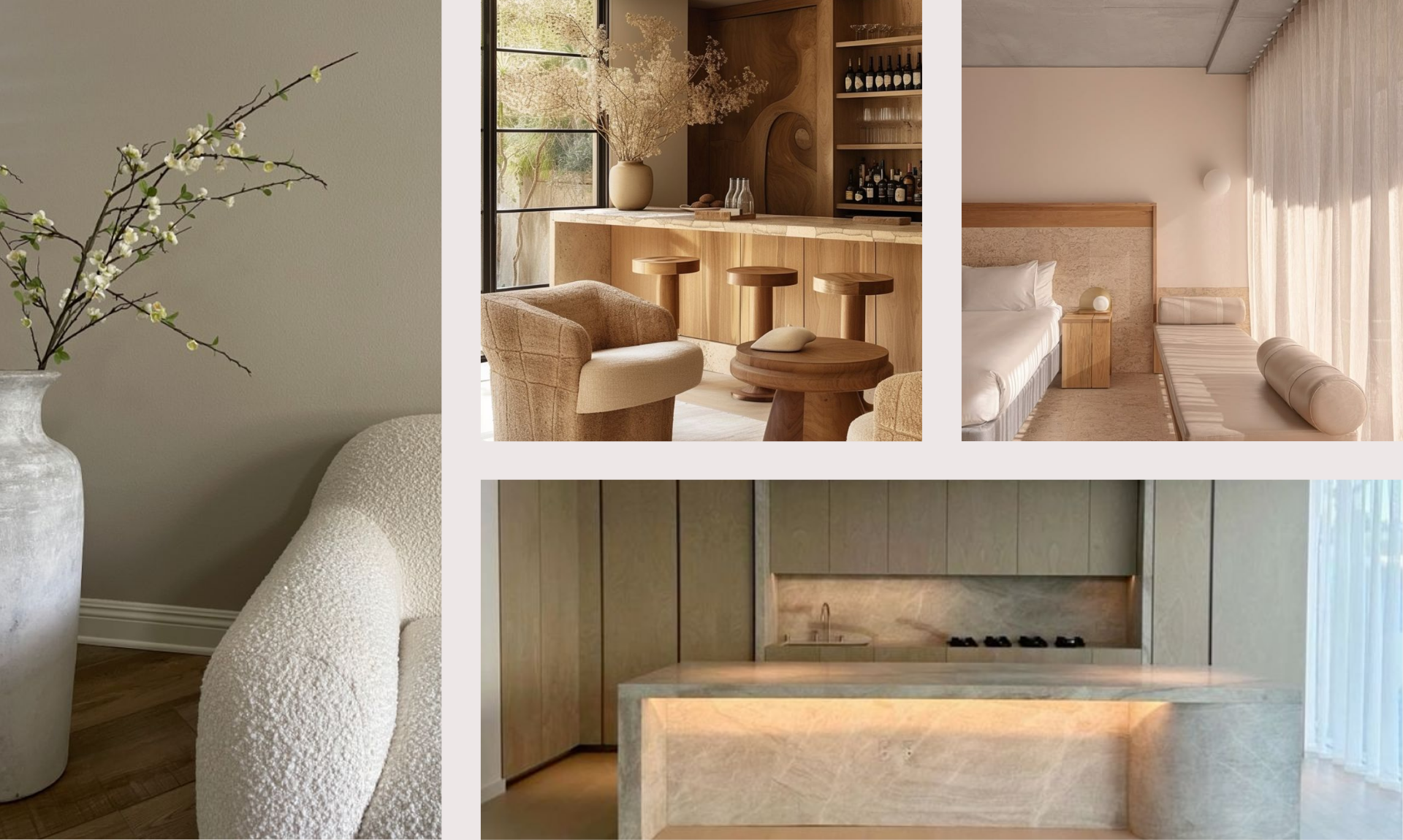What started as a design language for boutique hotels is now transforming the way we live at home. The so-called Airbnb Effect indicates a shift not just in the appearance of homes, but also in how they are experienced and presented. In a world influenced by digital visibility and an increasing desire for escapism, ‘home’ is being curated with the same deliberate care as a luxury holiday.
What Is the Airbnb Effect?
Fundamentally, the Airbnb Effect is the intersection of home design and hospitality, which has been primarily fuelled by the growth of short-term rental websites like Plum Guide and Airbnb as well as social media trends that value aesthetic flair. Curated, camera-ready spaces that appeal to both guests and followers are replacing interiors that were originally based on personal expression.
The “guest-ready” home is becoming more popular; it is more thoughtful, less crowded, and purposefully designed to make an impression.
A New Design Mindset: From Lived-In to Leisure-Led
There’s a growing desire to recreate the boutique hotel experience at home – calm, controlled, and subtly luxurious. Homeowners are embracing design choices that prioritise tranquillity and escapism over tradition and sentimentality. Think:
- Minimalism with warmth
- Neutral palettes with tactile layering
- Soft lighting designed to flatter
This is lifestyle design with hospitality in mind, and it’s becoming the new benchmark for contemporary interiors.

TikTok, Trends, and the Democratisation of Design
Aspirational living has grown more accessible, as seen by the viral nature of products like “hotel pillows.” Once found only in five-star retreats, spa bathrooms, plush beds, and ambient lighting are now being copied in suburban houses and rental apartments.
The key shift? Experience-led upgrades are no longer occasional indulgences but part of a broader movement towards everyday luxury.
Function Meets Flair: The Rise of Rental-Inspired Practicality
With space at a premium in many urban homes, hotel design has become a reference point for compact yet comfortable living. Clever ideas like foldaway desks, multipurpose furniture, and hidden storage enhance both form and function, proving that practical does not always correspond to uninspired.
Aesthetics and functionality are becoming more and more important in design, and companies who successfully combine the two are succeeding.

Boutique Styling for the Scroll Age
It’s not just about comfort; it’s about visual storytelling. The modern home is now a stage for personal branding. Gallery walls, sculptural accents, and styled vignettes have become the norm, creating interiors that perform as well on Instagram as they do in person.
Even outdoor spaces are being styled with a hotel-at-home sensibility: think fairy-lit patios, curated furniture, and fire pits designed for atmosphere and shareability.
The Bigger Picture: What This Means for Brands
The Airbnb Effect reflects a wider cultural shift in how we define “home”. It’s no longer just a private space, it’s a lifestyle destination, an aesthetic project, and a shareable experience. This has real implications for brands:
Design-led living is now mass market – Aesthetic ambition is no longer niche. There’s growing appetite (and expectation) for elevated design across all price points.
Experience is everything – Products and services must go beyond form and function to tap into mood, ambiance, and emotional payoff.
Curation > Customisation – Consumers are prioritising cohesive, styled spaces over eclecticism. Brands that help create a “finished look” will resonate more.
Home as social currency – Visual appeal is key. Homes are being built and styled with shareability in mind, and brands need to consider how their products show up in the feed as much as in the space.
Fox Collective POV
The hospitality influence on home design isn’t just a passing aesthetic trend, it’s a fundamental rethinking of how people want to live. Brands that lean into this lifestyle-first mindset, offer tools for curation, and enable a touch of everyday luxury will be well-positioned to connect with the modern consumer.
The home is no longer a retreat from the world. It is the destination.
